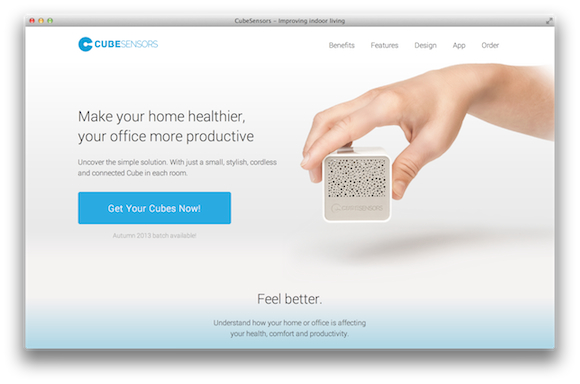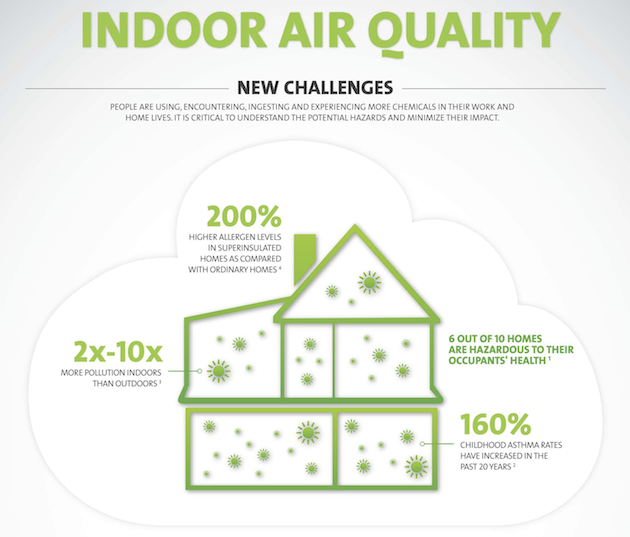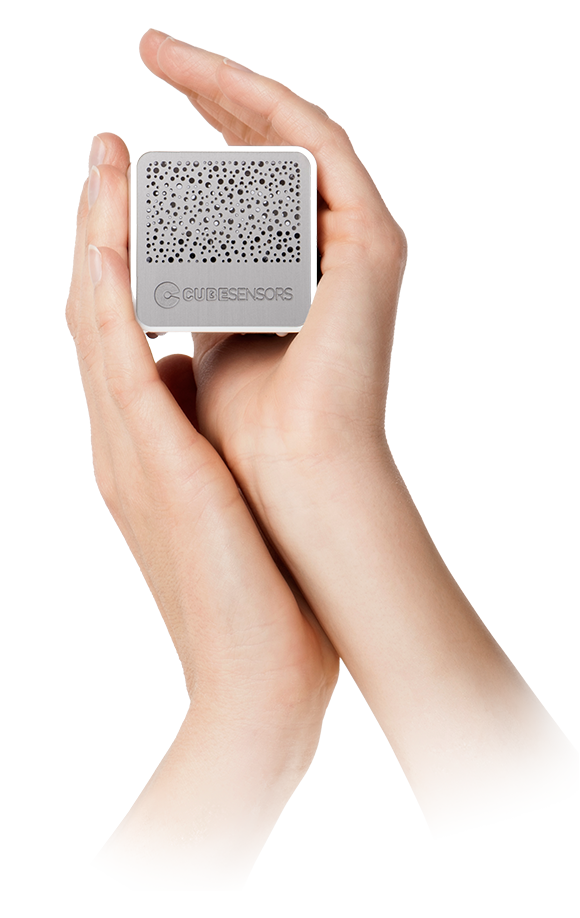We’ve been testing CubeSensors in our homes and at our office for months now. Which means we now have a much better idea of what you can actually use them for. Armed with this insight, we’ve given our main website a much needed refresh this week.

The new website also features brand new photos of the final Cubes and their companion app. We hope you enjoyed playing with the app that was monitoring the environment at PSFK’s Future of Home Living exhibition in New York. Now that the exhibition is over, we have a new demo app set up that allows you to check the environment at our headquarters, see how much we’re sweating and having lively discussions over how to make the Cubes even better.
Having sold out the initial pre-order batches, CubeSensors packs are now only available for their full list price and will be shipping in winter. In addition to US Dollars, we’ve also added the option to order the Cubes in Euros and British Pounds.
If you’re like me, headaches are often as reliable as weathercasters at predicting bad weather. However, the link between weather and headaches is still a bit of a mystery for scientists due to individual differences.

Headaches and indoor environment
According to Mayo Clinic, some of us who suffer from migraines are in fact more sensitive to weather changes. And while we cannot control changes in barometric pressure or windy and stormy weather, we do have a bit more influence on environmental conditions indoors.
For instance, we have control over indoor temperature with heating and air conditioning. This means we can avoid at least some of the fast temperature changes that are common in this time of the year. Indoors, we can also control humidity either by dehumidifying during summer or humidifying in cold, winter days. And shades come in handy on those overwhelmingly bright, sunny days that surprise us in spring and cause a headache.
It’s also worth nothing that air pollution, which can even be more than 100 times higher in your home than outdoors, can cause headaches. That’s why it’s important to keep your VOC levels low by properly ventilating your indoor spaces.
Include temperature, humidity, pressure and air quality in your headache diary
If you want to discover your own personal headache triggers, it helps to keep a headache diary, either on paper or with the help of a smartphone app. When you get a headache, make sure to take notice of your physical activity, food, sleep, and environmental conditions. The later should include both the weather outside and your indoor temperature, humidity, barometric pressure, and even VOC levels.
When it comes to environmental factors, fast changes are especially likely to cause a headache or other problems. That’s why you should also take the daily low, high and average into account.

Once you discover your own personal triggers, you can start avoiding situations that are more likely to cause a headache. For instance, you can choose to work from home on stormy days; open the windows at the right time of the day; take migraine medicine in advance, before the pain incapacitates you completely.
In the two minutes it takes to read through this post, you will inhale and exhale approximately 15 liters (about half of a cubic foot) of air. Chances are you are reading this in an indoor space. How does the air feel?
Unless there are any strong smells lingering around, your answer is probably “fine”. That’s a good start. But appearances can be deceiving. Usually, there’s much more to indoor air that meets the nose!
Did you know that …
1) We spend an average of 90% of our time indoors and 65% of time inside our homes. That means that living in a home with high indoor air pollution levels can be even more harmful than living in a highly polluted city. (source)
2) Indoor levels of air pollutants may be 2 to 5 times higher and sometimes even more than 100 times higher than outdoor pollutant levels. Children are even more susceptible to air pollution than adults. (source)
3) Volatile organic compounds (VOCs) are a common source of indoor air pollution. VOCs are gases emitted from paints, aerosol sprays, cleaning products, building materials, printers and more. Some of VOCs can cause serious health problems and can’t always be detected by smell. Concentrations of many VOCs are consistently up to ten times higher indoors than outdoors. (source)
4) Indoor air pollution isn’t always immediately apparent. Headaches, irritated eyes, nose and throat, dizziness and fatigue can appear immediately after exposure. More serious effects such as respiratory diseases, heart disease, and cancer take time to develop and may even be experienced years after exposure. (source)
5) The most effective way to improve indoor air quality is removing the sources of pollution, followed by improved ventilation. Changing air filters regularly and keeping indoor humidity levels between 30% and 55% can also make a difference. (source)

Indoor Air Quality info graphic by UL




